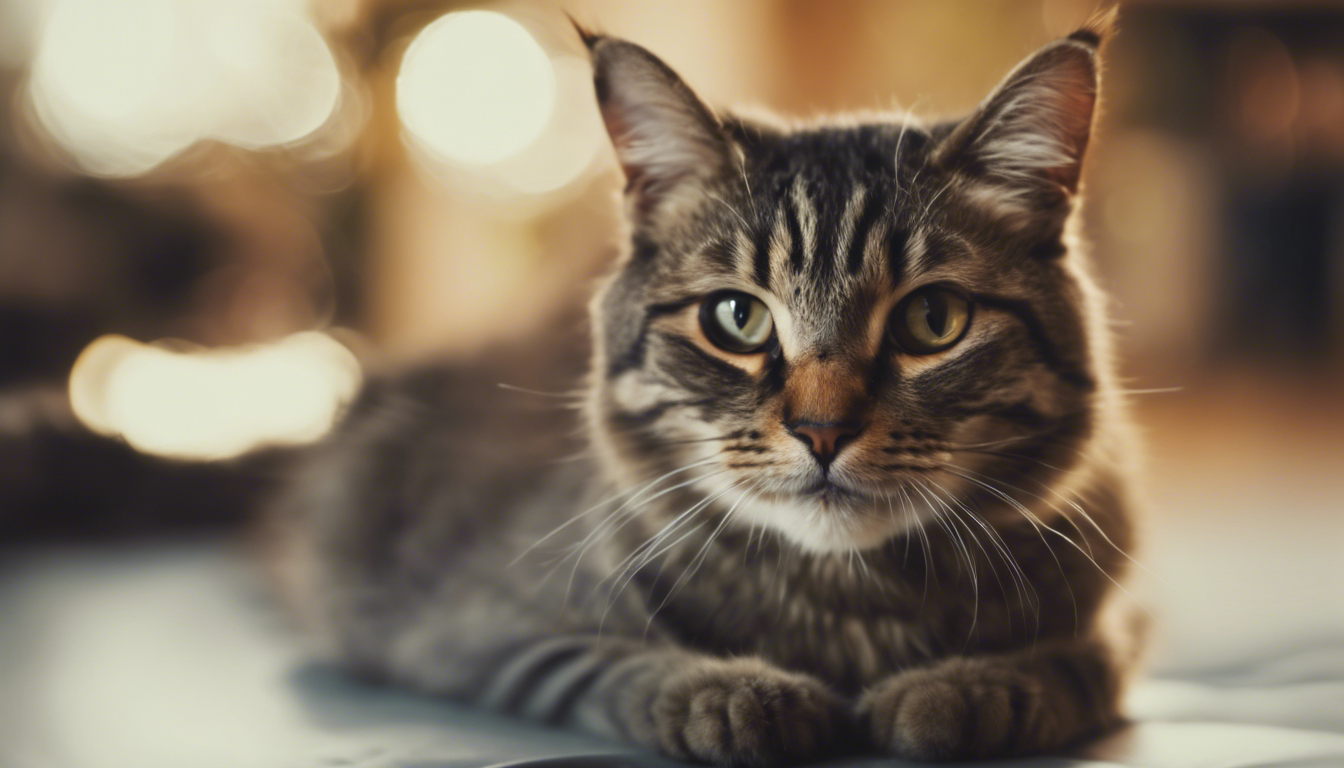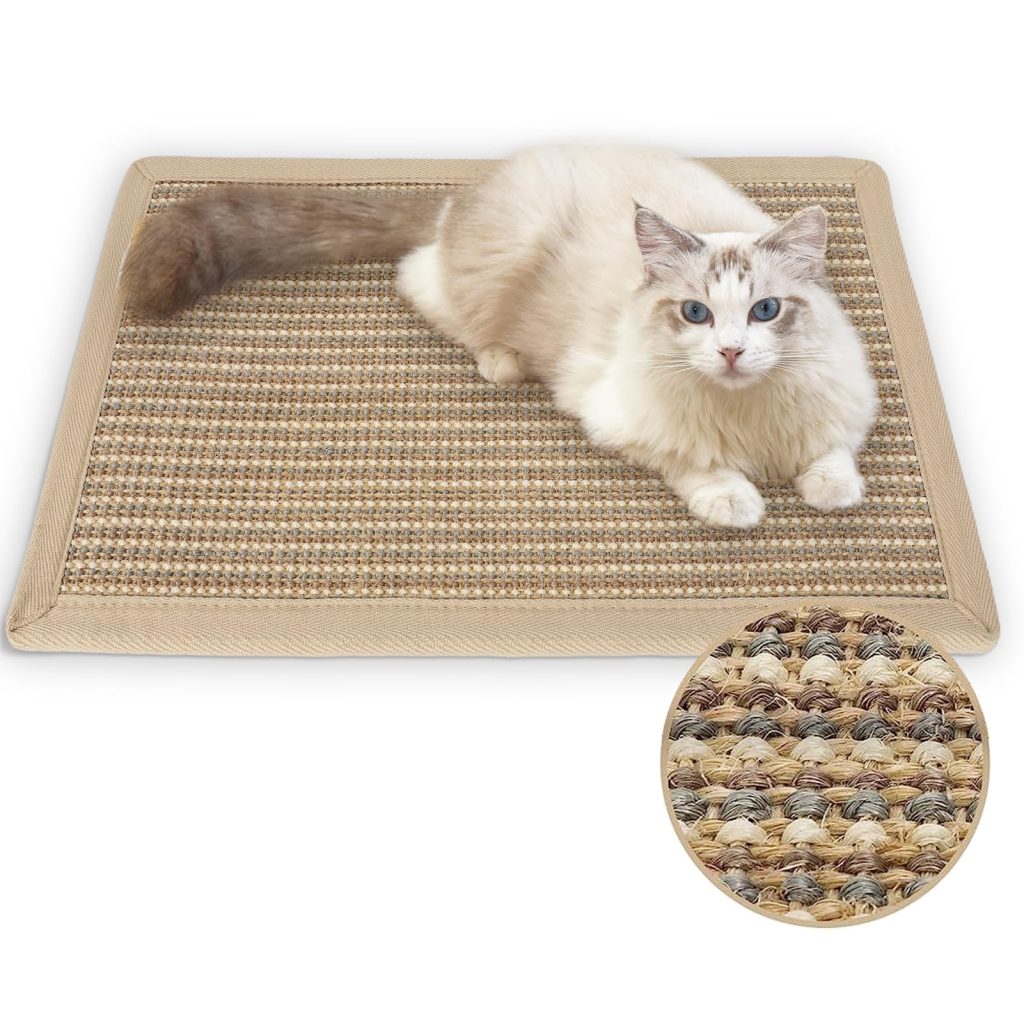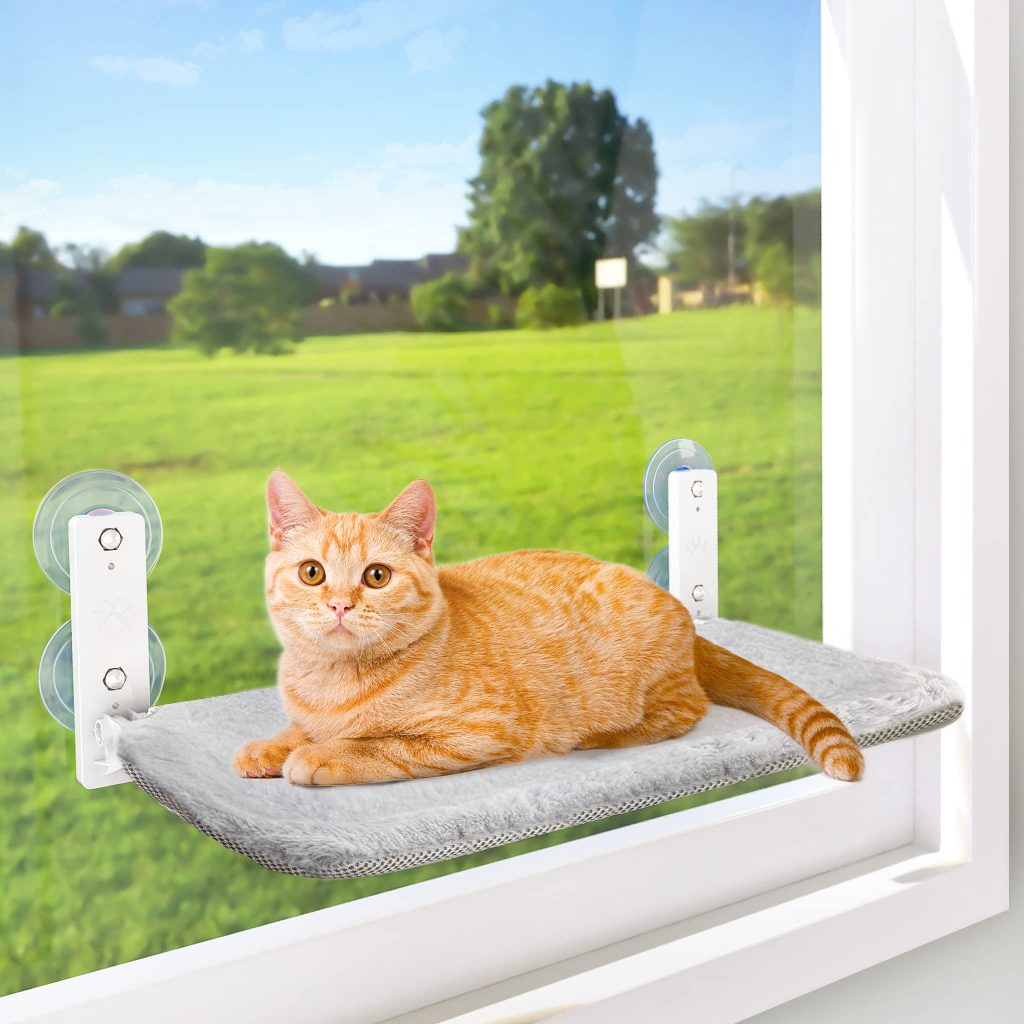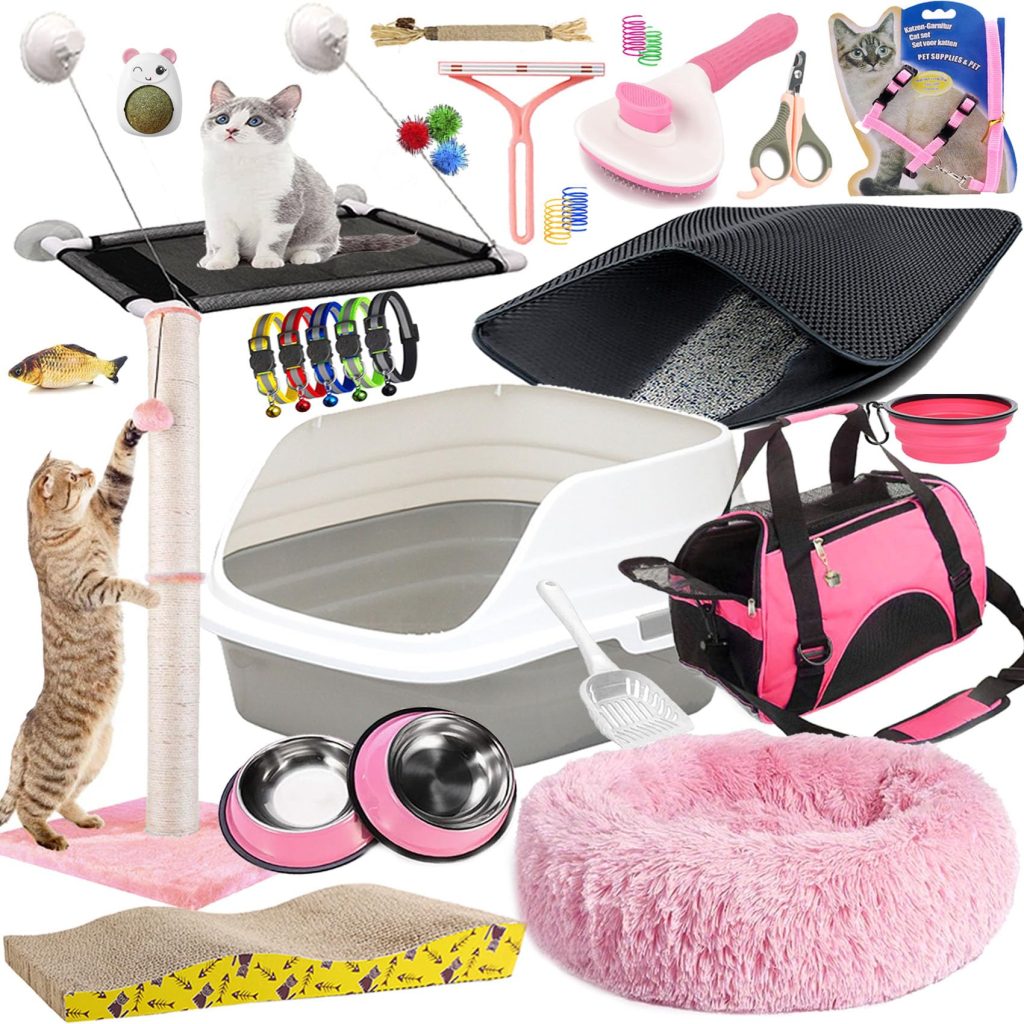
Feline intelligence is a topic that has fascinated cat owners and researchers alike for centuries. Cats are often perceived as independent and aloof creatures, but recent studies have shown that they possess a level of intelligence that is often underestimated. Understanding the complexities of feline intelligence can not only lead to a better understanding of their behavior and communication, but it can also provide valuable insights into how to effectively train and challenge your cat’s mind. This article will explore the relevance of feline intelligence to their behavior and communication, discuss training techniques, and examine its impact on the cat-owner relationship.
The Complexity of Feline Behavior and Communication
Cats communicate in a variety of ways, from vocalizations to body language. Understanding their behaviors can allow us to better interpret their needs and desires. Feline intelligence plays a important role in these behaviors, as cats possess the ability to learn and adapt. Their curiosity and problem-solving skills enable them to communicate effectively, albeit in a non-verbal manner.
One important aspect of feline communication is their use of body language. Cats communicate through their tail movements, ear positions, and facial expressions. For example, a twitching tail may indicate agitation or excitement, while flattened ears could signal fear or aggression. Understanding these subtle cues can help us respond appropriately to our cats’ needs and emotions.
Another aspect of feline behavior that ties into their intelligence is their hunting instinct. Cats are natural-born hunters, and this instinct is deeply ingrained in their DNA. Engaging in hunting-like activities, such as interactive play with toys or puzzles, can fulfill their instinctual needs and provide mental stimulation. This stimulation is important for maintaining a healthy and happy cat.
Training Techniques for a Smarter Cat
Training a cat may sound like an impossible task, but with the right techniques and patience, it can be a rewarding experience for both owner and feline. Feline intelligence plays a pivotal role in their ability to be trained, and understanding their unique traits is key to success.
Positive reinforcement is an effective training technique that utilizes rewards to encourage desired behaviors. This technique involves using treats, praise, or play as a reward when the cat exhibits the desired behavior. For example, if you want to train your cat to use a scratching post instead of your furniture, reward them with treats or playtime whenever they use the designated scratching spot. With consistent reinforcement, your cat will learn to associate the scratching post with positive experiences.
Another technique that can challenge your cat’s intelligence is clicker training. Clicker training involves using a clicker, a small device that makes a distinct click sound, to mark the desired behavior. By pairing the click sound with a reward, such as treats, your cat will learn to associate the sound with positive reinforcement. Clicker training can be used for various behaviors, such as teaching your cat to sit or come when called.
The Impact on the Cat-Owner Relationship
Understanding and engaging with your cat’s intelligence can have a profound impact on your bond with them. Cats are social animals and forming a strong relationship with their owners is vital for their well-being. By challenging their minds and providing mental stimulation, you can strengthen the cat-owner relationship and enhance their overall happiness.
Interactive play is a great way to engage with your cat and challenge their intelligence. Using toys that encourage hunting behaviors, such as wand toys or puzzle feeders, can provide mental stimulation while also allowing for quality bonding time. Spending time together in this way can build trust and deepen your connection with your cat.
Furthermore, understanding feline intelligence allows us to recognize and address any behavioral issues that may arise. Cats are sensitive creatures, and changes in their behavior can often indicate underlying problems. By being attuned to their needs and providing mental stimulation, we can prevent or alleviate common issues, such as anxiety or destructive behavior.
Feline intelligence is a multifaceted topic that encompasses various aspects of a cat’s behavior, communication, training techniques, and the cat-owner relationship. By recognizing their intelligence and providing appropriate mental stimulation, we can enhance our understanding of their needs, improve their behavior, and strengthen our bond with our feline companions. Implementing training techniques that challenge their minds and engaging in interactive play can lead to a happier, healthier, and more fulfilled cat. So, embrace the intelligence of your feline friend and embark on a journey of mutual growth and companionship.







